 1979 Ford Mustang III Dimensions, Size & Specs
1979 Ford Mustang III Dimensions, Size & SpecsMeasurements of the 1979 Ford Mustang III, engineered for optimal performance and comfort
| Dimensions | |
|---|---|
| Length: | 4560 mm179.5 in15.0 ft |
| Width: | 1735 mm68.3 in5.7 ft |
| Height: | 1320 mm52.0 in4.3 ft |
| Trunk Capacity: | 850 liter30.0 cu ft |
| Weight Specifications | |
| Curb Weight: | 1250-1380 kg2756-3042 lbs |
| Tire Specifications | |
| Tire Sizes: |
|
The Ford Mustang III, produced from 1978 to 1993, marks the third generation of the iconic Mustang nameplate, offering a more compact and efficient coupe design compared to its predecessors. The 1979 model year epitomizes this generation’s balance of sportiness and practicality. With an exterior length of 4560 mm (179.5 inches), a width of 1735 mm (68.3 inches), and a height measuring 1320 mm (51.9 inches), the Mustang III presents a sleek and proportionate stance that fits well within the compact coupe segment. Its curb weight ranges between 1250 kg and 1380 kg (approximately 2755 to 3042 lbs), reflecting its lighter build aimed at enhancing fuel efficiency and handling agility during an era increasingly focused on economy. The vehicle’s luggage capacity is notably generous for a coupe, offering 850 liters (about 30 cubic feet), making it practical for daily use and longer trips. Tire options for the Mustang III included sizes 195/75 R14 and 225/55 ZR16, providing varying performance characteristics dependent on driver preference or trim variants. Overall, the Ford Mustang III from 1979 represents a distinctive shift towards a more compact muscle car, blending classic Mustang styling cues with a newer, more efficient package that appealed to a broader audience looking for both style and economy in a sporty coupe format.
Discover the standout features that make the 1979 Ford Mustang III a leader in its class
Have a question? Please check our knowledgebase first.
The 1979 Ford Mustang III features a length of 4560 mm (179.5 inches), a width of 1735 mm (68.3 inches), and a height of 1320 mm (51.96 inches). These dimensions make it a relatively compact coupe, especially compared to later Mustang generations, emphasizing a smaller and lighter design for better handling and fuel efficiency during its production years from 1978 to 1993.
The curb weight of the Mustang III varies between 1250 kg (2,756 lbs) and 1380 kg (3,042 lbs), depending on the specific model and options equipped. This relatively light weight contributed to improved fuel economy and driving dynamics. Compared to the bulkier earlier Mustangs, the Mustang III's lighter frame made it more agile and easier to maneuver.
The Mustang III offers a substantial luggage capacity of 850 liters (approximately 30 cubic feet), which is quite generous for a coupe. This ample cargo space enhances the car's practicality, allowing for convenient storage of luggage and other items, making it suitable for daily use and road trips despite its sporty performance orientation.
The Mustang III typically runs on two tire sizes: 195/75 R14 and 225/55 ZR16. The 195/75 R14 tires offer a comfortable ride with adequate grip, favoring smooth driving, while the wider 225/55 ZR16 tires cater to enhanced sportiness and handling by providing better road contact and improved cornering capabilities.
Yes, the Mustang III can comfortably fit into a standard residential garage. With a length of 4560 mm (179.5 inches) and a width of 1735 mm (68.3 inches), it fits within the typical garage dimensions which usually measure around 6 meters (19.7 feet) in length and 3 meters (9.8 feet) in width. Its compact size makes maneuvering in indoor parking relatively easy compared to larger muscle cars.
The Mustang III shows some dimensional evolution compared to its predecessor, the Mustang II. While both cars emphasize compactness and efficiency, the Mustang III is slightly longer and wider, contributing to improved stability and interior space. This generation focused more heavily on combining sporty design with greater functionality, typical of late 70s and 80s automotive trends.
When compared to competitors like the Chevrolet Camaro and Pontiac Firebird of the same era, the Mustang III is generally smaller and lighter. Its length of 4560 mm (179.5 inches) and weight ranging from 1250 to 1380 kg (2,756 to 3,042 lbs) made it more fuel-efficient and easier to handle, though sometimes at the expense of raw power. The Mustang III struck a balance that appealed to buyers seeking a sporty yet practical coupe.
The Mustang III’s compact exterior dimensions translate to a cozier interior, suitable primarily for up to four occupants. While its lower height of 1320 mm (51.96 inches) results in a sportier low seating position, the width of 1735 mm (68.3 inches) ensures decent shoulder room for front passengers. Rear seats provide adequate space for shorter trips or smaller passengers, with practicality amplified by a large 850-liter (30 cubic feet) trunk.
The Mustang III was designed during a time when fuel efficiency and emissions standards were becoming increasingly important due to the energy crises of the 1970s. Its relatively compact size, reduced weight (1250–1380 kg or 2,756–3,042 lbs), and aerodynamic form were deliberate moves to improve fuel economy compared to earlier, heavier muscle cars. This strategy helped the Mustang remain relevant without sacrificing its sporty appeal.
The low height of 1320 mm (51.96 inches) contributes to the Mustang III’s sleek, aerodynamic silhouette, enhancing both aesthetics and performance. A lower center of gravity improves handling and stability around corners, offering a sportier driving experience. Additionally, this height gives the Mustang III a distinctive profile on the road, setting it apart from taller and bulkier vehicles of the era.
Discover similar sized cars.

| Production: | 1999-2002 |
|---|---|
| Model Year: | 1998 |
| Length: | 4600 mm181.1 in |
| Width: | 1785 mm70.3 in |
| Height: | 1360 mm53.5 in |
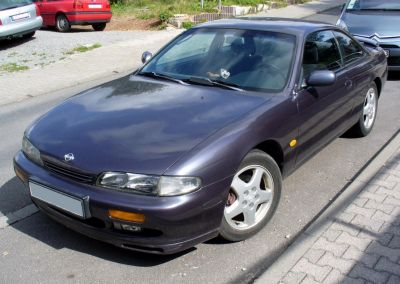
| Production: | 1993-2000 |
|---|---|
| Model Year: | 1993 |
| Length: | 4560 mm179.5 in |
| Width: | 1730 mm68.1 in |
| Height: | 1295 mm51.0 in |
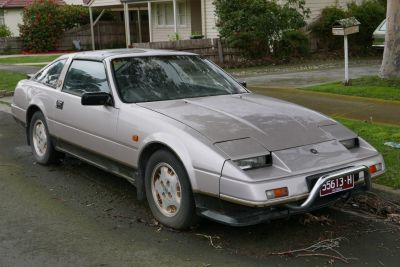
| Production: | 1984-1990 |
|---|---|
| Model Year: | 1984 |
| Length: | 4540 mm178.7 in |
| Width: | 1725 mm67.9 in |
| Height: | 1310 mm51.6 in |
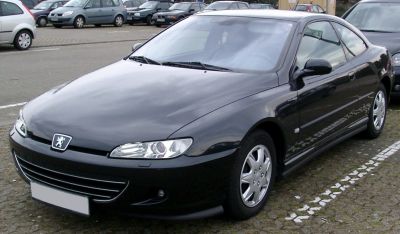
| Production: | 2003-2005 |
|---|---|
| Model Year: | 2003 |
| Length: | 4615 mm181.7 in |
| Width: | 1780 mm70.1 in |
| Height: | 1352 mm53.2 in |
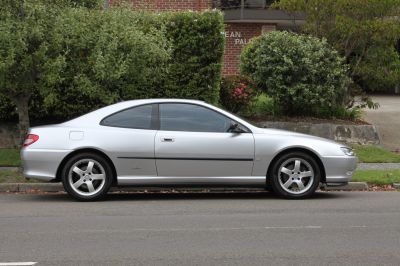
| Production: | 1997-2003 |
|---|---|
| Model Year: | 1997 |
| Length: | 4620 mm181.9 in |
| Width: | 1780 mm70.1 in |
| Height: | 1352 mm53.2 in |
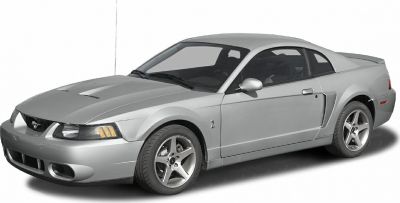
| Production: | 1993-2004 |
|---|---|
| Model Year: | 1994 |
| Length: | 4610-4661 mm181.5-183.5 in |
| Width: | 1820-1857 mm71.7-73.1 in |
| Height: | 1330-1359 mm52.4-53.5 in |
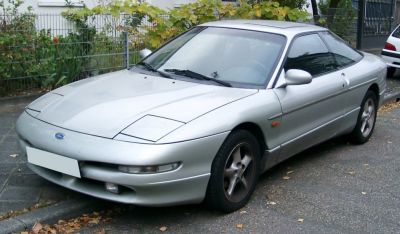
| Production: | 1992-1997 |
|---|---|
| Model Year: | 1993 |
| Length: | 4544 mm178.9 in |
| Width: | 1773 mm69.8 in |
| Height: | 1310 mm51.6 in |
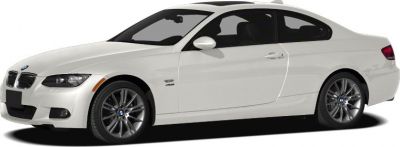
| Production: | 2006-2010 |
|---|---|
| Model Year: | 2006 |
| Length: | 4580-4600 mm180.3-181.1 in |
| Width: | 1985 mm78.1 in |
| Height: | 1374-1400 mm54.1-55.1 in |
